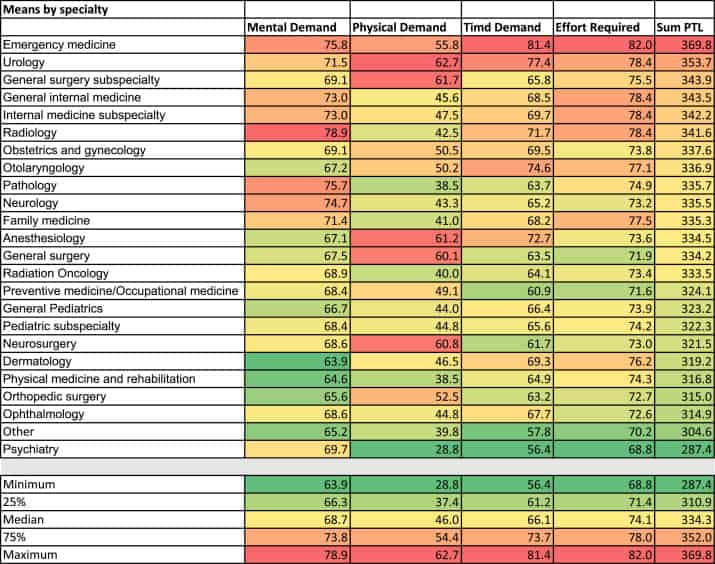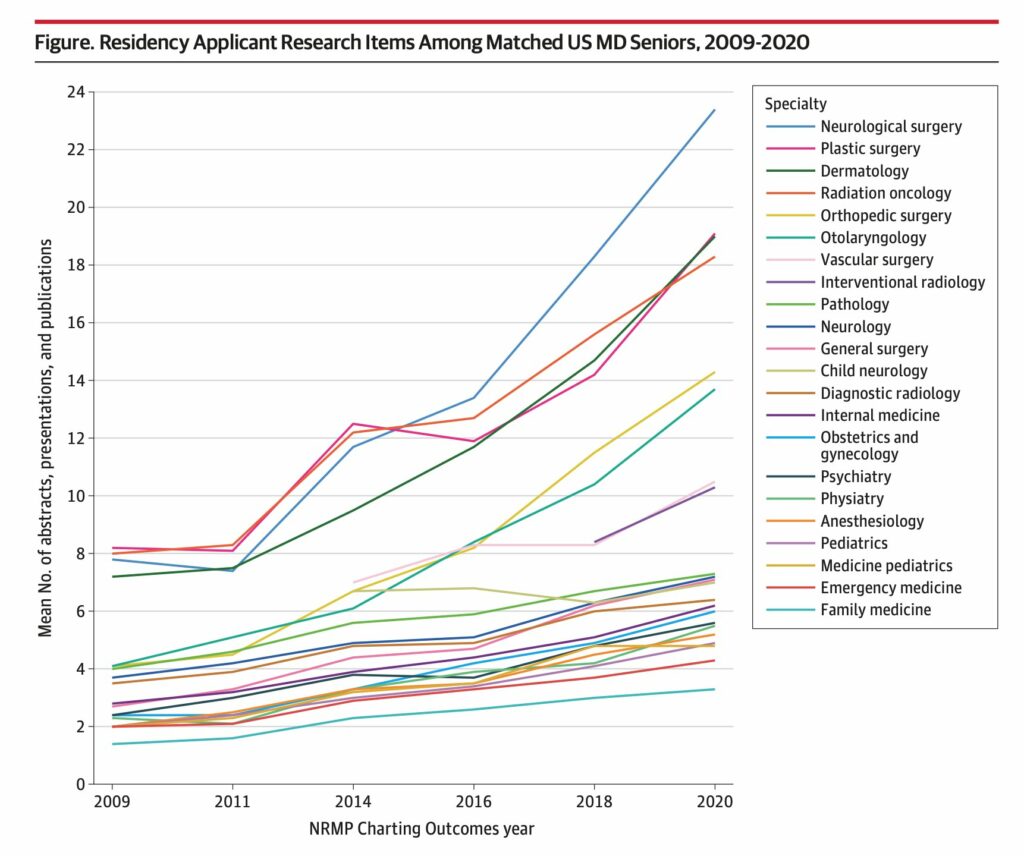Here’s a passage from another op-ed about the reality that conventional preclinical medical education isn’t really working, titled: “Medical students aren’t showing up to class. What does that mean for future docs?”
We believe the immediate next step for preclerkship medical science medical education is clear. A flipped classroom, and thus an increased role for virtual learning in the preclerkship years of medical school, is a promising model. Can we preserve the broad goals of preclerkship medical education while supporting medical students in a decision they have already made to learn on their own time? We believe the answer is yes.
I constantly hear this refrain in education circles. The lecture is dead! Long live the flipped classroom! PBL! TBL! These are the cries of people who need the status quo to persist. People whose job is to how best fit the education of students into a box of X months without a big hit in USMLE passage. This story isn’t new. Versions of this op-ed have been cropping with increasing frequency for the past 10 years.
The concept of the “flipped classroom” is thus:
In this model, the in-person lecture all but disappears, and students learn most of the classroom-type material on their own before in-person time — hence the flip. We suggest starting with a series of virtual modules to prepare for case-based small group sessions held in person. Activities such as anatomy lab, patient interviewing and physical exam practice and special guest lectures would remain in-person. This, in essence, embraces the virtual lecture trajectory but requires actual attendance for small group hands-on learning.
Medical Schools are steadily moving in this direction. In Range, David Epstein discusses the futility of the current approach, the need to teach understanding/flexibility, and to not be so precious with our tools:
A team or organization that is both reliable and flexible, according to Weick, is like a jazz group. There are fundamentals—scales and chords—that every member must overlearn, but those are just tools for sensemaking in a dynamic environment. There are no tools that cannot be dropped, reimagined, or repurposed in order to navigate an unfamiliar challenge. Even the most sacred tools. Even the tools so taken for granted they become invisible. It is, of course, easier said than done. Especially when the tool is the very core of an organization’s culture.
Schools are willing to rethink a narrow tool like the lecture, but they are unwilling to step back and broadly reimagine what an effective and efficient medical education would really look like. Our conceptions of medical training are path dependent and therefore narrowly contrived. Would we do things this way if we didn’t have a century of entrenched history funneling us through the status quo? If you were designing from scratch, what would you do?
Burn it Down
In reality, the preclinical years should be standardized, competency-based, and largely offloaded to colleges. Being a premed should mean you’re actually working toward medicine and not playing status games pretending to care about vaguely relevant science. Medical school should be cheaper and shorter. I don’t care if it takes you three years or 3 months or nothing at all to be ready to pass Step 1. Medical school should basically start with a few months of Step 2 CK-type material and the clinical skills/reasoning components that are intermittently peppered into the first two years. Then clerkships.
The current paradigm was dumb in the age of Google. It’s asinine in the age of Chat-GPT.
We cannot possibly justify our current preoccupation with nearly useless microdetails.
We cannot simply combat the improvement in study techniques and third-party resources by making the tests more challenging. It’s an arms race that burns out students and distracts from training real doctors.
In a current four-year curriculum, there is so much waste: as much as two years inefficiently spent doing the basic sciences and a final year often mostly spent applying to residency and then attempting to relax as much as possible before the brutality of internship (yes, I’m aware that this is a sweeping and somewhat unfair generalization; it is nonetheless broadly true).
I am less interested in credentials—acquired by spending money and time—and more interested in results. We are past the point where using time as a proxy for competency is an appropriate argument. Doctors benefit from a wide moat protecting our profession, and those with keys to the kingdom obviously have an incentive to perpetuate the status quo.
But:
We are producing too few doctors for too much money during a process that takes too much time and is too unpleasant to result in a sufficient number that actually like their jobs, like their patients, and plan to have a long and productive career.
A Brittle Education
My point here is probably better made by Arturo Casadevall via Epstein (also in Range):
When Casadevall described his vision of broad education on a professional panel in 2016, a copanelist and editor of the New England Journal of Medicine (an extremely prestigious and retraction-prone journal) countered that it would be absurd to add more training time to the already jam-packed curricula for doctors and scientists. “I would say keep the same time, and deemphasize all the other didactic material,” Casadevall said. “Do we really need to go through courses with very specialized knowledge that often provides a huge amount of stuff that is very detailed, very specialized, very arcane, and will be totally forgotten in a couple of weeks? Especially now, when all the information is on your phone. You have people walking around with all the knowledge of humanity on their phone, but they have no idea how to integrate it. We don’t train people in thinking or reasoning.” Doctors and scientists frequently are not even trained in the basic underlying logic of their own tools. In 2013, a group of doctors and scientists gave physicians and medical students affiliated with Harvard and Boston University a type of problem that appears constantly in medicine: If a test to detect a disease whose prevalence is 1/1000 has a false positive rate of 5%, what is the chance that a person found to have a positive result actually has the disease, assuming you know nothing about the person’s symptoms or signs? Assuming the test detects every true case, the correct answer is that there is about a 2 percent chance (1.96 to be exact) that the patient actually has the disease. Only a quarter of the physicians and physicians-in-training got it right. The most common answer was 95 percent. It should be a very simple problem for professionals who rely on diagnostic tests for a living: in a sample of 10,000 people, 10 have the disease and get a true positive result; 5 percent, or 500, will get a false positive; out of 510 people who test positive, only 10, or 1.96 percent, are actually sick. The problem is not intuitive, but nor is it difficult. Every medical student and physician has the numerical ability to solve it. So, as James Flynn observed when he tested bright college students in basic reasoning, they must not be primed to use the broader reasoning tools of their trade, even though they are capable.
But tennis is still very much on the kind end of the spectrum compared to, say, a hospital emergency room, where doctors and nurses do not automatically find out what happens to a patient after their encounter. They have to find ways to learn beyond practice, and to assimilate lessons that might even contradict their direct experience.
Chris Argyris, who helped create the Yale School of Management, noted the danger of treating the wicked world as if it is kind. He studied high-powered consultants from top business schools for fifteen years, and saw that they did really well on business school problems that were well defined and quickly assessed. But they employed what Argyris called single-loop learning, the kind that favors the first familiar solution that comes to mind. Whenever those solutions went wrong, the consultant usually got defensive. Argyris found their “brittle personalities” particularly surprising given that “the essence of their job is to teach others how to do things differently.”
Science students learned the facts of their specific field without understanding how science should work in order to draw true conclusions.
“Brittle” is an amazing description of modern medical education.
The Ground Truth
Students have largely replicated and replaced the classic preclinical curriculum with outside tools. Those using the school’s resources are doing so for convenience, inertia, or the importance of the instructor’s idiosyncrasies for exams. The university model has been leapfrogged and has lost whatever stake it can plausibly claim with regard to teaching the basic sciences. There is so much that medical schools can and should do. But lecturing medical students about biochemistry is no longer one of them. We can’t justify a time-based curriculum and six-figure cost of attendance for the handful of students that enjoy going to class.
The flipped classroom is, in part, just fine: students do need in-person reinforcement of material, and there are real benefits of social connection with peers (and maybe even faculty!), but there is no way to turn the typical preclinical curriculum into a good use of time and money just by telling people to learn from Osmosis, Lecturio, Amboss, or Sketchy and hang out for an inefficient “work through the case” exercises with your peers because “healthcare is a team sport.”
The current gauntlet is so long, inefficient, and unpleasant that we are graduating doctors who have already lost their love of medicine and training residents who already have an eye on retirement. We are doing it wrong.

